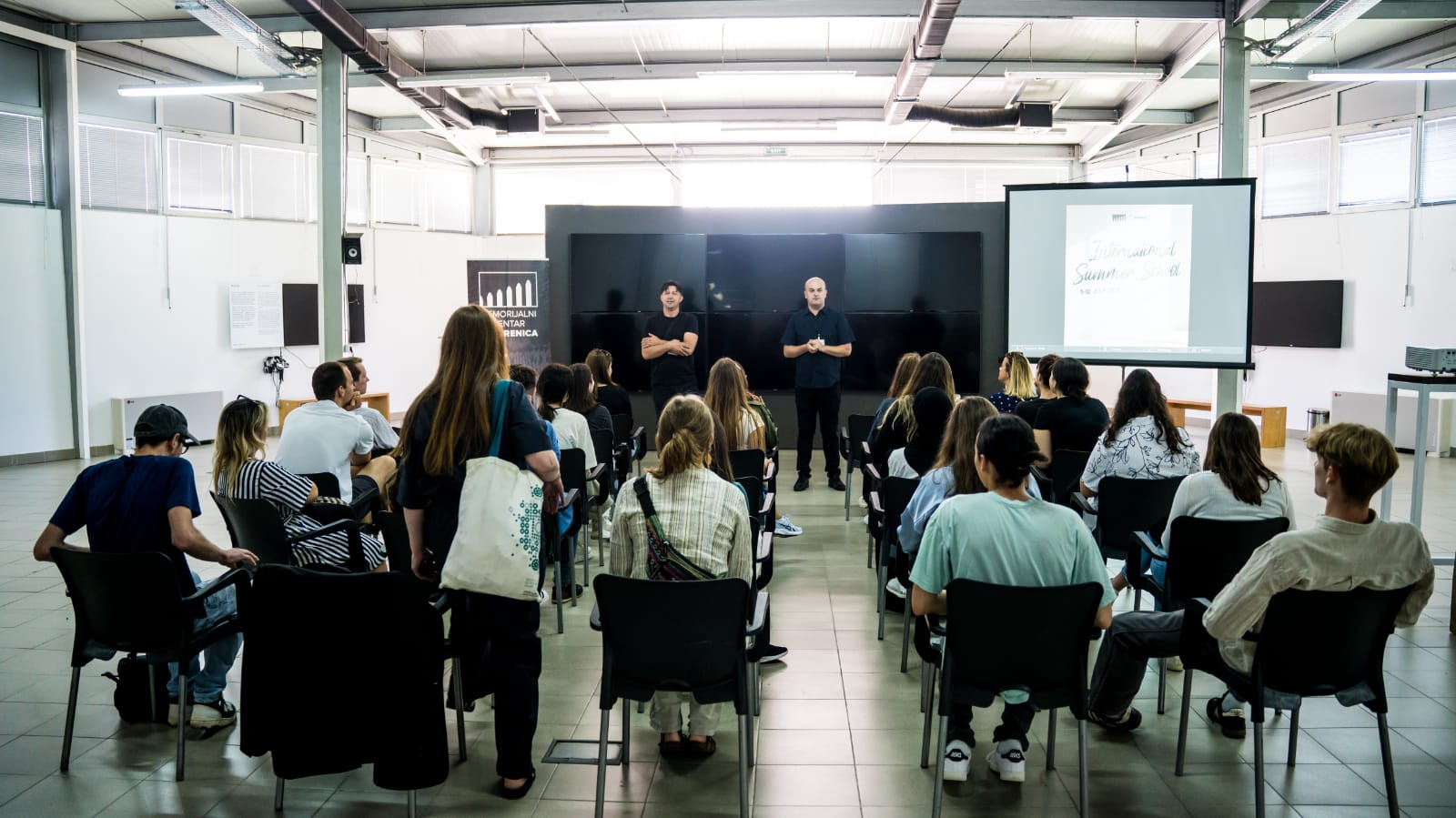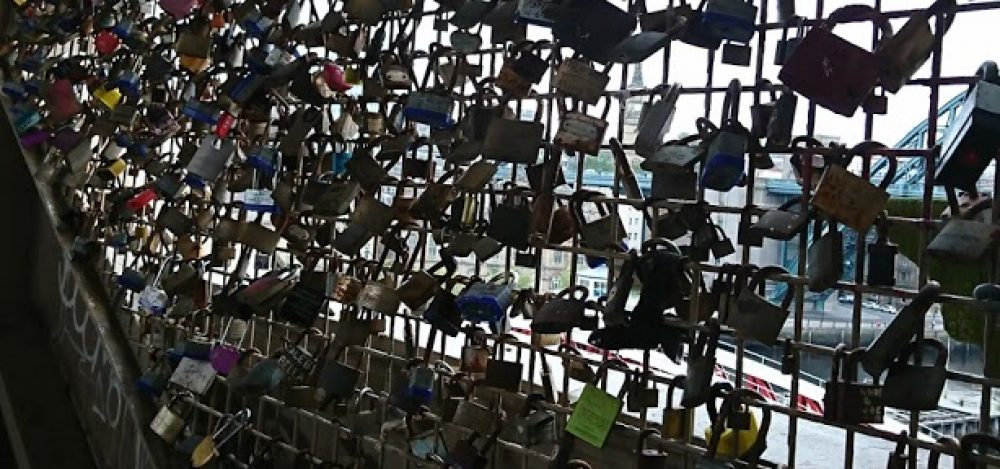Last summer, Ed Garnett the new Communications Intern for the Collective spent a month at the Srebrenica Memorial Center Potocari. Here Ed, who is in Stage 3 of his History degree at Newcastle, writes about the Center’s oral history work and its significance to remembering genocide.
The Center
The Center was opened in 2000 to commemorate the genocide perpetrated in 1995 – the worst atrocity Europe has seen since the Second World War. Located where it happened, in the east Bosnian enclave of Srebrenica, the Memorial Center has a large exhibition space and a sprawling cemetery with over 8,000 grave sites. It serves as a place of remembrance, prayer, and education, ensuring the memory of genocide is neither forgotten nor denied.

Oral History
At the heart of the work of the Memorial Center is its oral history team, spearheaded by genocide survivor and author Hasan Hasanović. This team has worked to create an extensive archive of testimonies, preserving the stories of genocide for future generations.
Survivors are invited into the Memorial Center’s studio, where their testimonies are recorded using professional camera equipment and microphones. For those in remote areas, the team travels to ensure there is no story left unheard.
The Memorial Center is steadfast in its commitment to keeping those with a first-hand experience of genocide at the forefront of understanding. Their aim is to humanise the historical narrative and provide a depth to court rulings and statistics, which are often the focus in genocide research.
Each account in the archive is recorded, stored, transcribed, and translated, making it accessible for researchers internationally. While it is not yet publicly accessible, plans are underway to make it available in the coming years, creating a useful resource for understanding the genocide.

Oral History Exhibitions
A collection of interviews forms a permanent exhibition inside of the Memorial Center: the poignant Lives Behind the Fields of Death project. This exhibition combines oral testimonies with artefacts donated by survivors and families. These items, including photographs and other personal belongings, are displayed alongside interactive screens where visitors can hear the stories behind them. Sometimes, the objects are the only surviving mementos of loved ones lost in the genocide, yet relatives and former friends willingly donate to aid the mission of the Memorial Center.
The combination of oral accounts and physical objects creates a visceral connection to the past. It underscores that the victims of genocide are not just numbers, but rather that they existed, they had their own lives, they had their own names, and they had their own belongings.
Tackling Current Issues
Bosnia remains a deeply divided nation, lacking a shared narrative of the war and the mechanisms for transitional justice. And while genocide denial and historical revisionism is happening at a local and state-level in Bosnia, the work of NGOs like the Srebrenica Memorial Center is critical.
The Center actively tackles distortions and silences through public engagement, aiming to ensure that accountability and truth remains at the forefront of public discourse. One of their key initiatives by staff are the annual Genocide Denial Reports. These reports use evidence-based monitoring to reveal the frequency and methods of genocide denial, while providing recommendations to address and counteract these harmful narratives.
Additionally, the Memorial Center seeks to influence future researchers in the field of transitional justice, social sciences, and human rights. This past summer, in 2024, I was part of a cohort of students from across the globe who congregated in the small village of Srebrenica for a week of informative lectures and field trips.
We left the programme enriched, gaining both knowledge applicable to our research and a network of like-minded peers. It reaffirmed the commitment of the Memorial Center to fostering international dialogue and awareness as well as addressing genocide denial.
The work of the Memorial Center is critically important – not only in preserving the memory of genocide but also in shaping the future of Bosnia and progressing transitional justice. I encourage everyone to explore their work, listen to testimonies from the Lives Behind the Fields of Death project, and read a section of the eye-opening Denial Reports. These initiatives provide an important foundation for establishing truth and combatting forces of denial.

Relevant Links
Srebrenica Memorial Center Website: https://srebrenicamemorial.org/en
Lives Behind the Fields of Death: https://zivotiizapoljasmrti.srebrenicamemorial.org/en
Brief Overview of West Balkan Genocide Denial: https://srebrenicamemorial.org/en/page/denial/29
The latest Genocide Denial Report (2023): https://srebrenicamemorial.org/bs/istrazivanja/srebrenica-genocide-denial-report-2023/18
